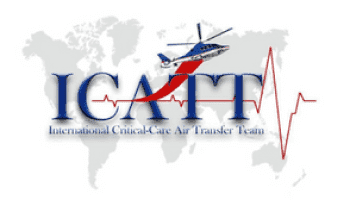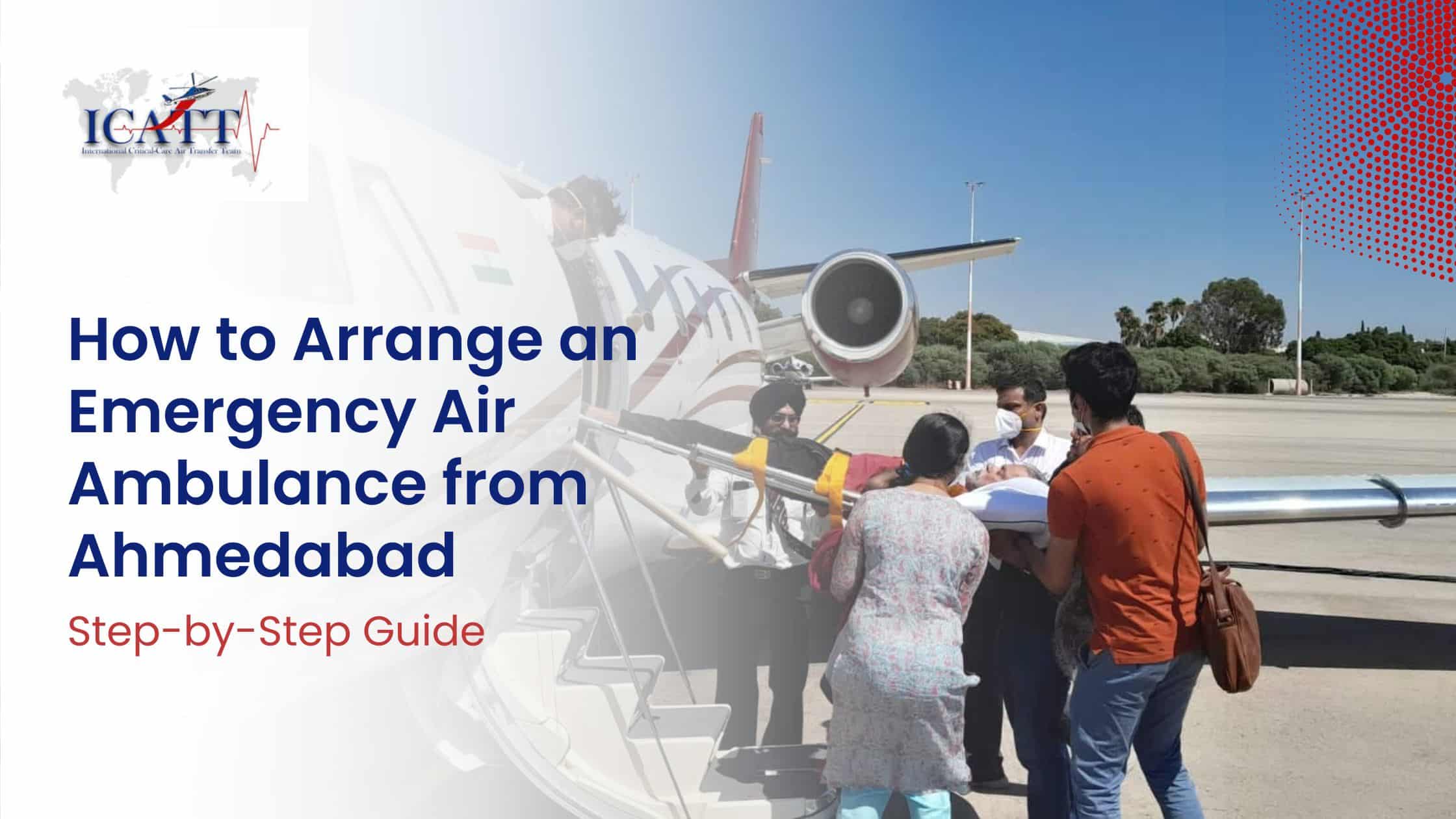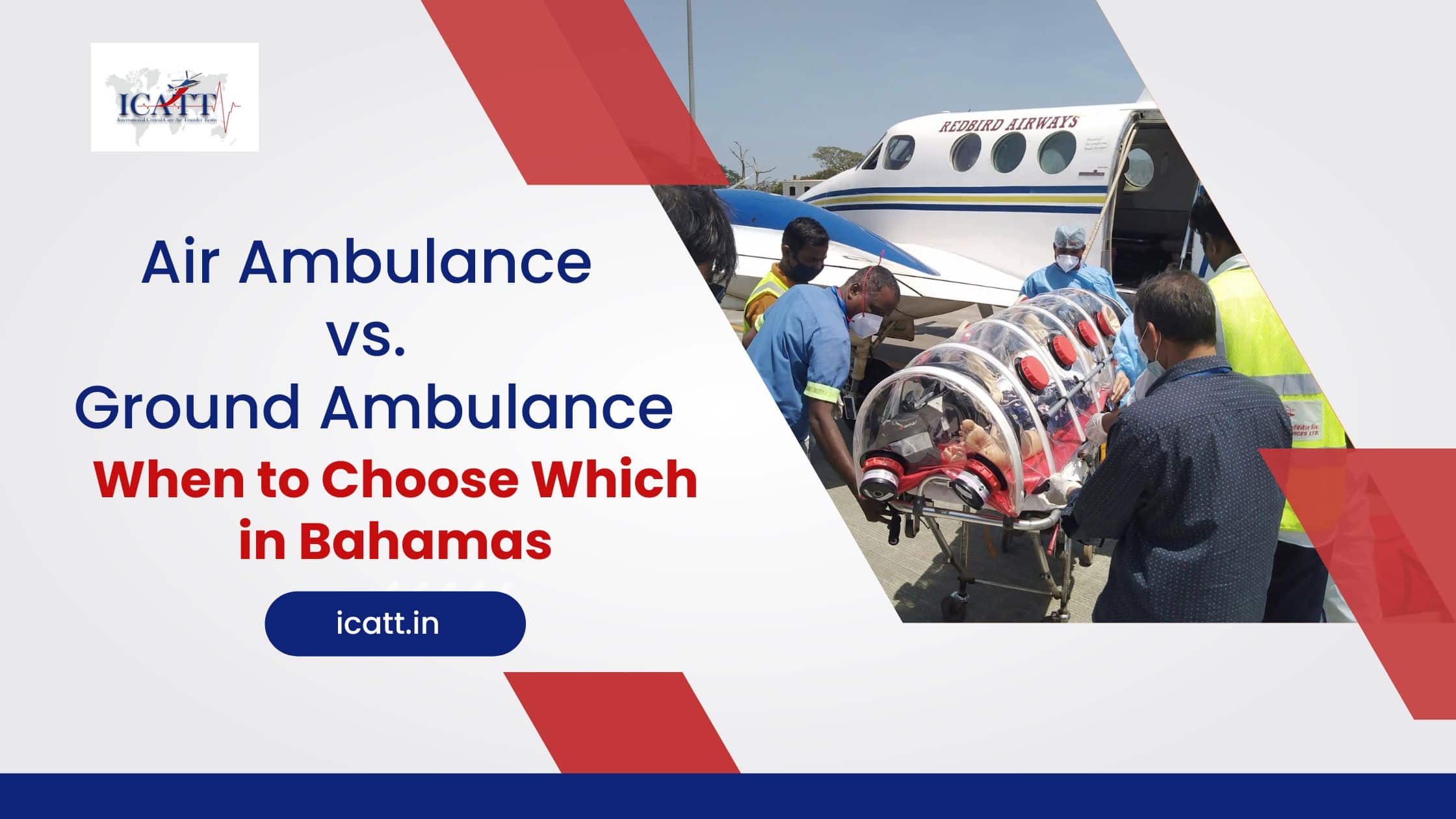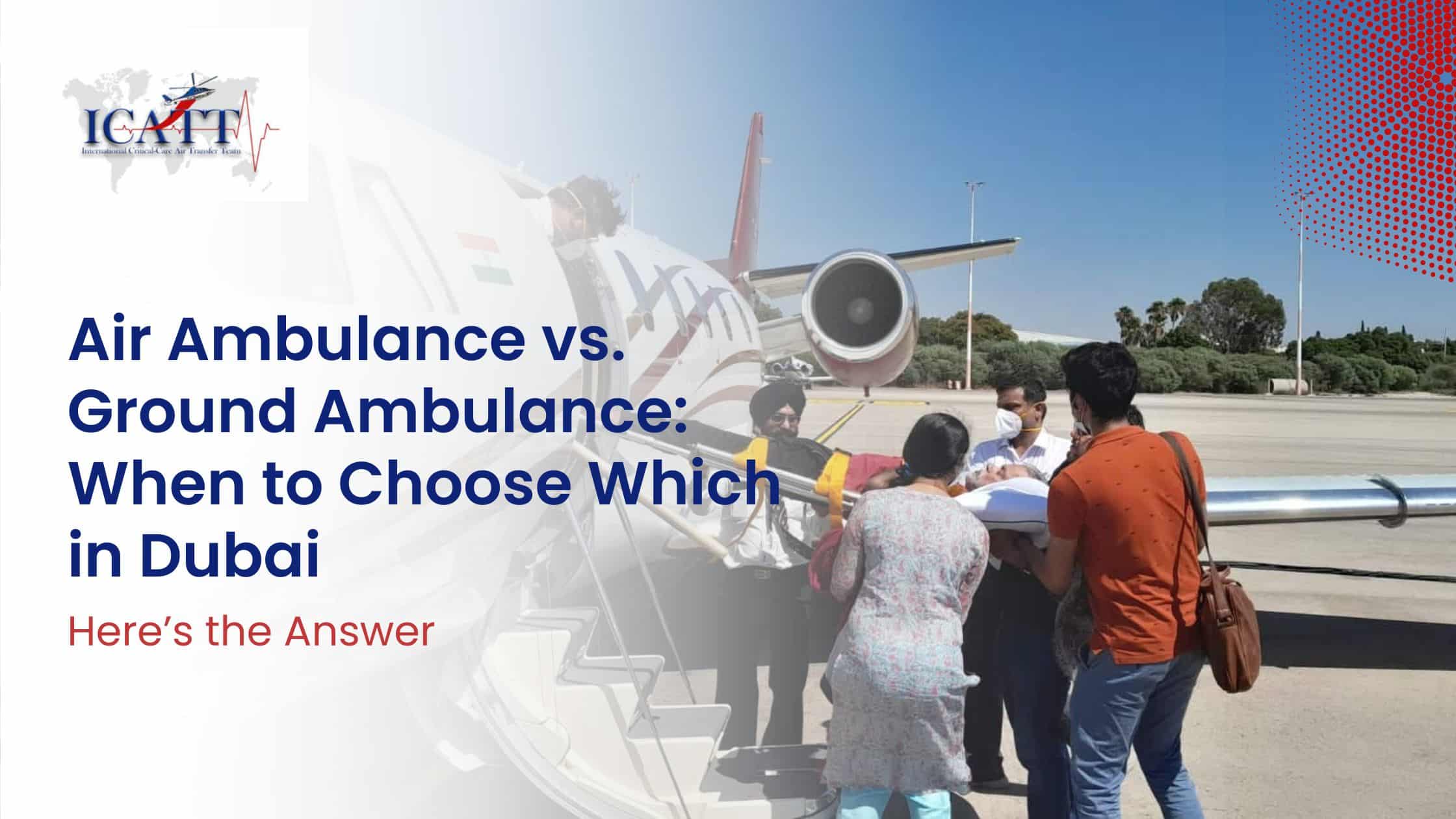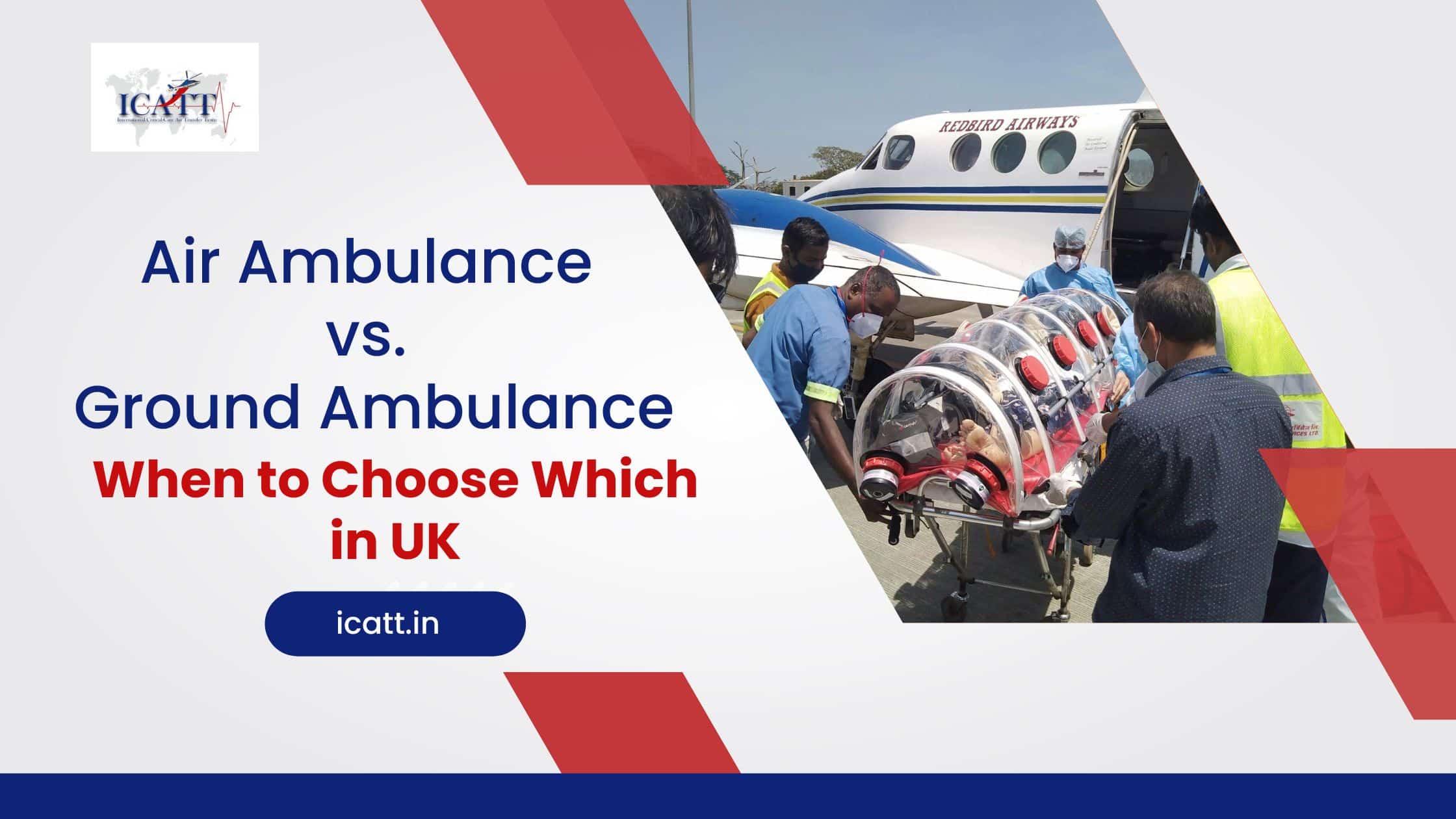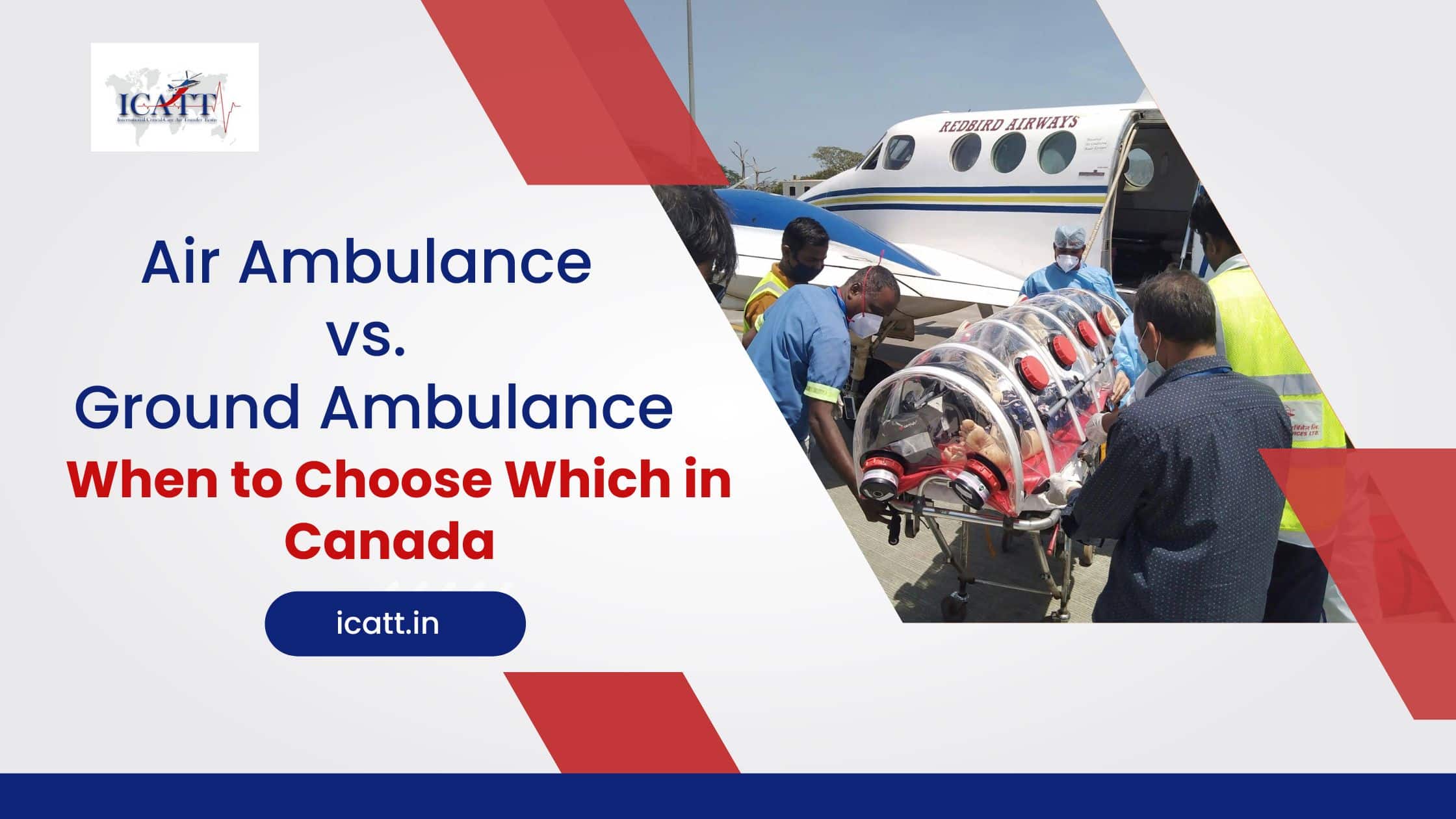Air ambulance services have revolutionized emergency medical care, bridging the critical gap between accident sites or remote locations and advanced medical facilities. In a vast and diverse country like India, the evolution of air ambulance services has been pivotal in enhancing patient outcomes and saving lives.
Early Beginnings: The Genesis of Ambulance Services in India
The concept of organized ambulance services in India dates back to the early 20th century. In 1902, Mumbai (then Bombay) witnessed the launch of the country’s first ambulance service, initiated by the philanthropist Jamsetji Tata. This service utilized horse-drawn carriages equipped to transport patients, marking a significant step towards structured emergency medical response in India.
As the decades progressed, ambulance services evolved, incorporating motor vehicles and expanding their reach. However, these services primarily operated on the ground, and the concept of air ambulances remained largely unexplored in the Indian context during the early and mid-20th century.
The Advent of Air Ambulance Services
The introduction of air ambulance services globally can be traced back to military operations during the Korean and Vietnam wars, where helicopters were extensively used for medical evacuations. The success of these operations highlighted the potential of air ambulances in providing rapid medical assistance, leading to their adoption in civilian contexts.
In India, the vast geographical expanse, coupled with infrastructural challenges, underscored the need for air-based medical evacuation. The late 20th and early 21st centuries saw the emergence of air ambulance services, aiming to provide swift medical transport, especially from remote or inaccessible regions to advanced healthcare facilities.
Growth and Development: Overcoming Challenges
The growth of air ambulance services in India has been marked by several challenges and milestones:
- Infrastructure and Accessibility: While almost all districts in India have access to civilian or military airstrips, utilizing them for air ambulance services requires coordination with competent authorities. The availability of small aircraft for civil use has facilitated the customization of these planes into ambulances.
- Cost Implications: Operating air ambulances involves significant expenses, including aircraft maintenance, specialized medical equipment, and trained personnel. Studies have indicated that while the per-patient cost for helicopter ambulances can be substantial, they offer a viable solution in scenarios where ground transportation is unfeasible due to time and distance constraints.
- Medical Expertise and Training: The condition of patients transported via air ambulances necessitates monitoring and interventions akin to those in critical care units. This requires specialized equipment and trained staff. In recent years, there has been a notable absence of dedicated air medical training facilities for civilians in India, highlighting the need for structured accreditation policies and training programs to ensure accountability and quality in air ambulance services. citeturn0search2
ICATT: Pioneering Air Ambulance Services in India
Amidst the evolving landscape of air ambulance services in India, the International Critical-care Air Transfer Team (ICATT) has emerged as a frontrunner, setting benchmarks in quality and efficiency. Founded by Dr. Rahul Singh Sardar and Dr. Shalini Nalwad, ICATT is dedicated to providing world-class air ambulance services, ensuring rapid medical intervention across the country. ICATT’s medical crew comprises experienced FAM (Fellowship in Aeromedical Sciences) certified doctors trained for in-flight care. They are trained to handle a wide array of medical emergencies, ensuring continuous patient care from the point of evacuation to arrival at the destination facility.
Services Offered by ICATT
ICATT offers a comprehensive range of services tailored to meet diverse medical emergencies:
- International Patient Transfer: Facilitating seamless transfer of patients across international borders, ensuring continuity of care.
- Planned Air Transfer: Coordinating scheduled medical transfers for patients requiring specialized treatment unavailable in their current location.
- Disaster Management: Deploying rapid response teams during natural or man-made disasters to evacuate and provide medical care to affected individuals.
- Neonatal & Paediatric Transportation Service: Specialized transport for critically ill infants and children, equipped with appropriate medical equipment and staffed by trained paediatric professionals.
- Commercial Stretcher Patient Transfer: Arranging for stretcher facilities on commercial flights for patients who can travel but require medical assistance.
- Dedicated Air Ambulance Patient Transfer: Offering exclusive air ambulance services for patients needing intensive care during transit.
- ECMO Transfers: Transporting patients on Extracorporeal Membrane Oxygenation, a critical service for those with severe cardiac or respiratory failure.
- ICATT Charter Services: Providing chartered flights equipped for medical emergencies, ensuring privacy and specialized care.
- Trauma Emergency Response: Rapid deployment to trauma sites, offering immediate medical intervention and transport to appropriate facilities.
- High-Risk Obstetric Transfers: Specialized transport for pregnant women experiencing complications, ensuring both maternal and fetal safety.
- Helicopter Emergency Medical Services (HEMS): Utilizing helicopters for rapid response and evacuation, especially in areas with challenging terrains or heavy traffic.
These services underscore ICATT’s commitment to bridging the gap in emergency medical care, ensuring that patients receive timely and appropriate treatment irrespective of their location.
Collaborations and Innovations
In a significant move to enhance its capabilities, ICATT entered into a strategic partnership with The ePlane Company, a pioneer in compact flying electric taxis and urban air ambulance solutions. This collaboration aims to revolutionize emergency medical response in India by introducing advanced air ambulance solutions, ensuring rapid medical intervention across all districts in the country.
